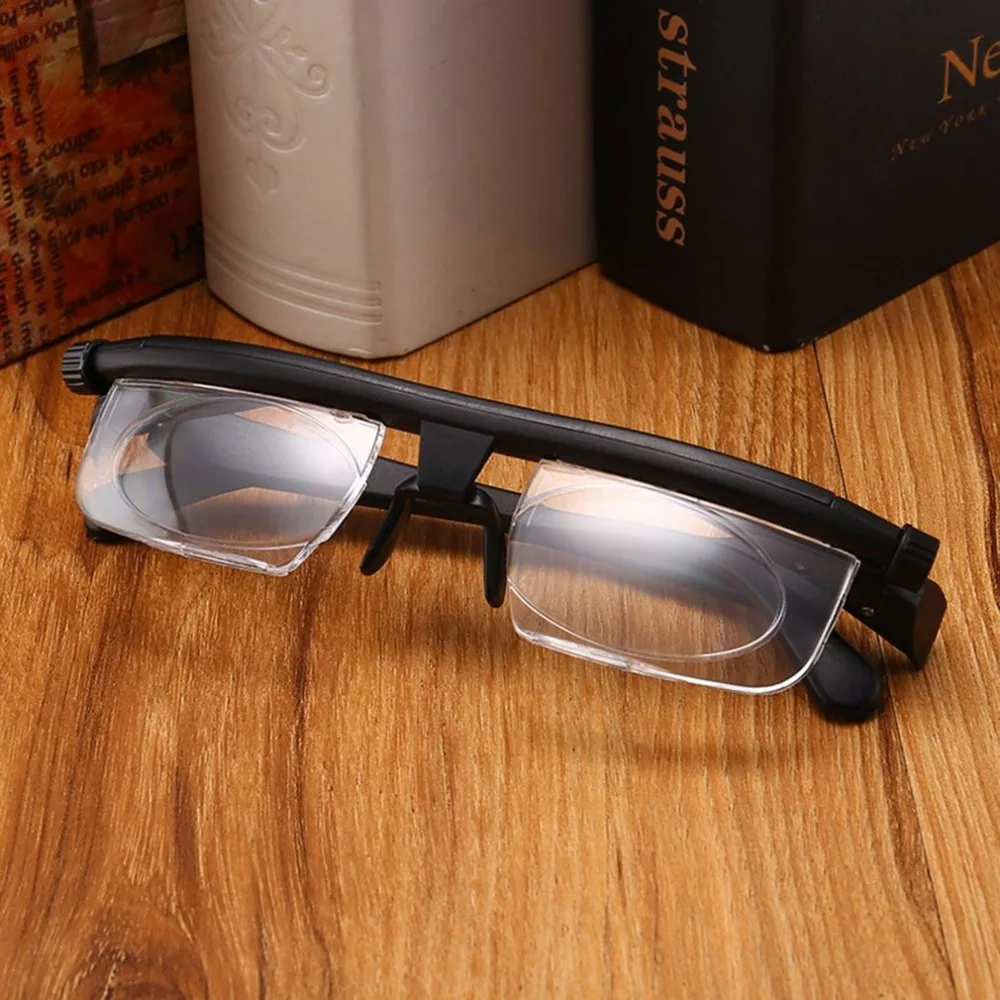Glasses and eyewear
96 readers
1 users here now
A community for wearers of prescription glasses and sunglasses to share tips and find that perfect pair.
Rules
- No soliciting
- No politics
- No graphic material
- Be nice and respectful
founded 4 months ago
MODERATORS
2
3
4
6
7
8
9
10
11
12
13
14
15
16
17
18
19
20
21
22
23
24
25
view more: next ›
